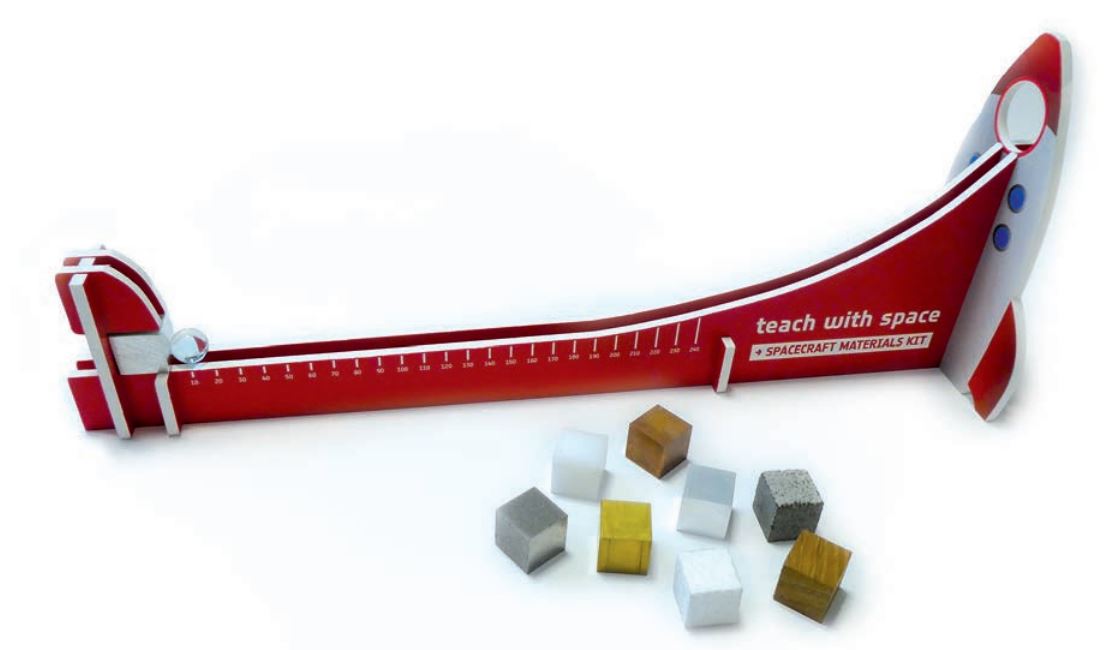Spacecraft Materials Kit
Subject: Science, Physics, Technology
Experiment, compare and group together everyday materials on the basis of their properties:
- resistance to impacts
- magnetism
- electrical conductivity
- thermal conductivity
- and measuring mass.
The Spacecraft Materials Kit is a box containing six sets of cubes made of a variety of materials, as well as all the necessary equipment for testing the cubes.
You can borrow the kit through your local ESERO office. Use the contact details of your national ESERO on your national country page to find out about the loan procedure in your country, as well as to get the documents translated into your national language.
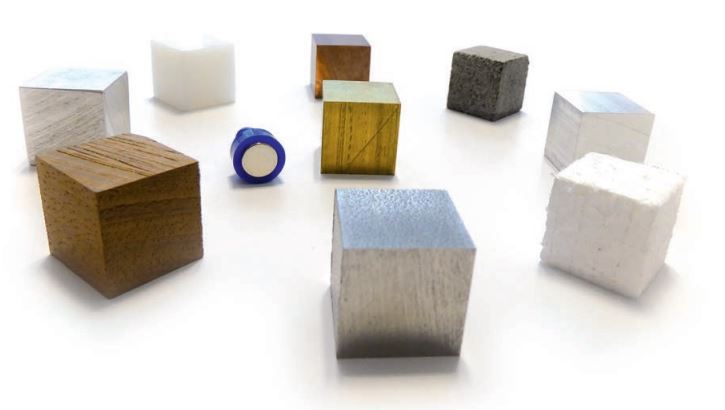
Visual instructions describing how to set up and use the kit.
An ESA scientist explains to pupils which materials are useful for building spacecraft, and challenges pupils to investigate different materials themselves.
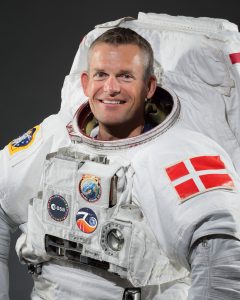
ISS Commander’s Log with Andreas Mogensen
ISS Commander’s Log with Andreas Mogensen The ISS is a laboratory, where we can conduct scientific research and technology development. The scientific research broadens our
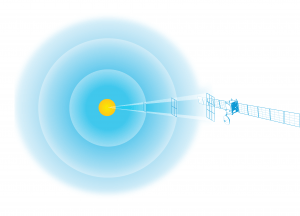
Power from Sunlight – Powering space exploration with solar energy
Brief description: In this set of activities, students will learn about two concepts that influence solar panel design for space missions: the inverse square law

AstroFood – Learning about edible plants in Space
Brief description: In this set of activities, students will learn about the different components of plants. They will learn which parts of plants are edible

